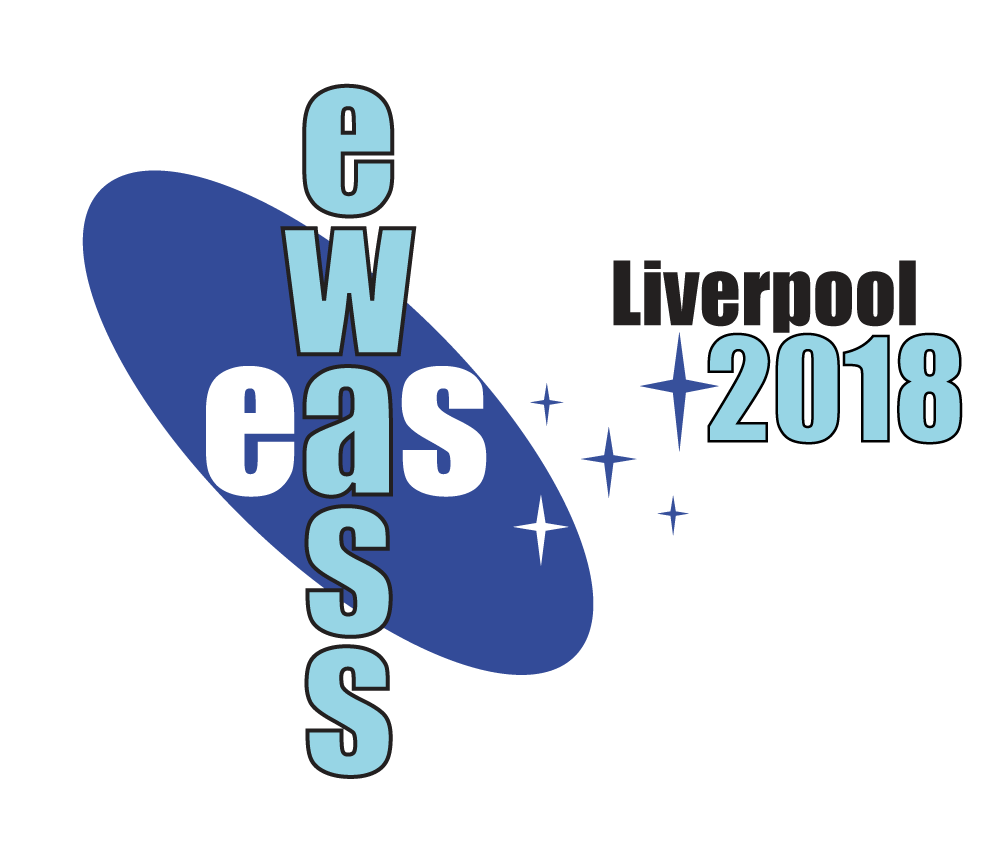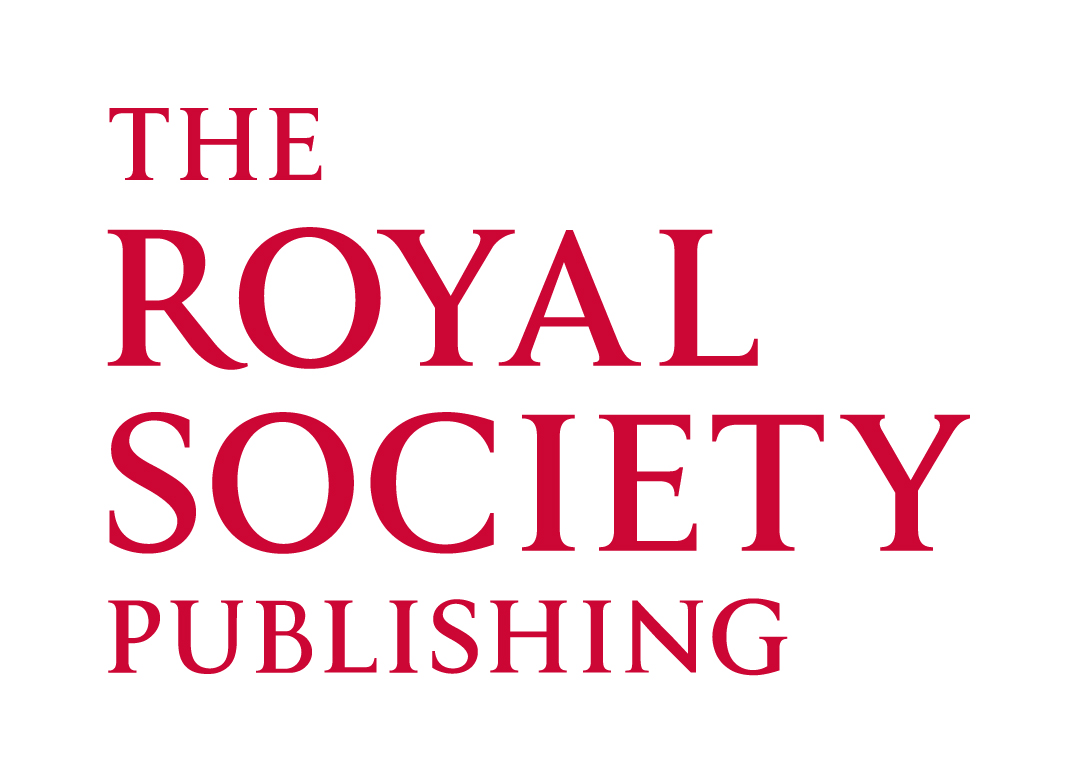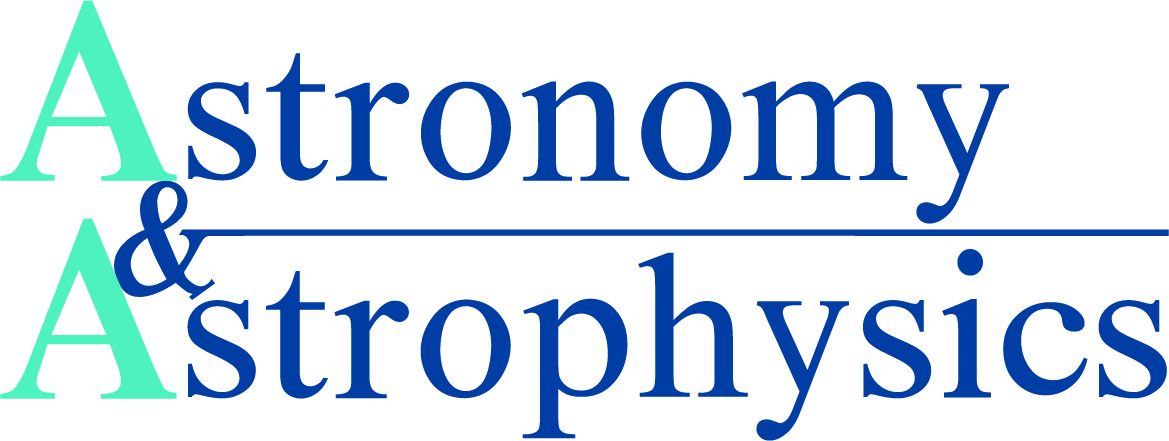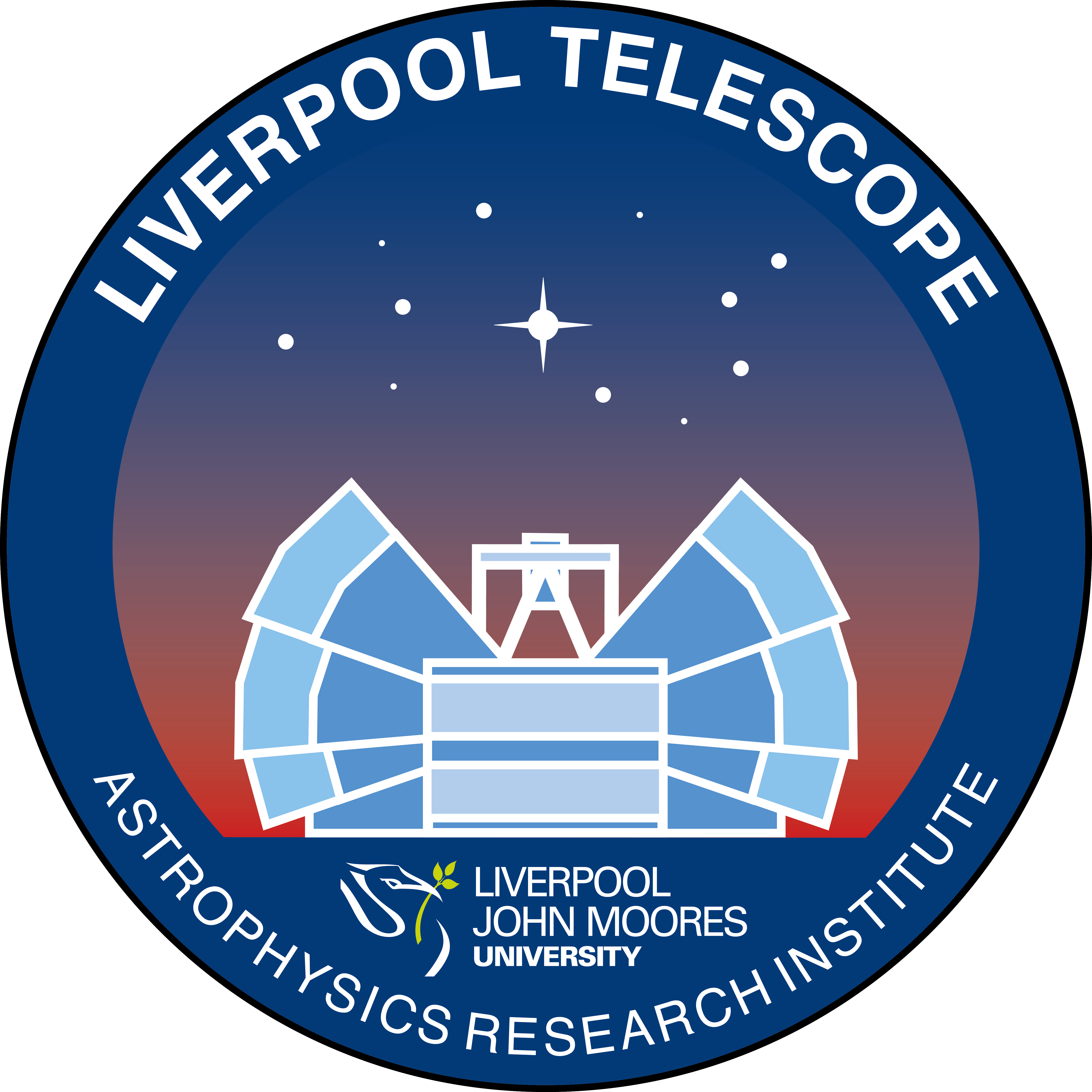Special Session SS19
4 April 2018
Multiple populations in massive star clusters, a common thread through cosmological ages?
Aims and scope
 Long thought to be the best examples of simple stellar populations, it is now well-established that almost all globular clusters (GCs) host star-to-star abundance variations of light elements such as He, N and Na. Observed both through photometric splits or spreads and through spectroscopic abundances, these multiple populations are usually explained by models invoking multiple star formations events or extended star formation. However, the wide range of observe properties of multiple populations, including a subset of GCs with spreads in heavy elements such as Ca and Fe, presents challenges for all proposed models. Additionally, recent observations have found evidence for multiple populations outside of classical GCs, including in massive intermediate age (as young as 2 Gyr) star clusters and ultra-compact dwarfs as well as in field stars both in the Milky Way and in massive early-type galaxies.
Long thought to be the best examples of simple stellar populations, it is now well-established that almost all globular clusters (GCs) host star-to-star abundance variations of light elements such as He, N and Na. Observed both through photometric splits or spreads and through spectroscopic abundances, these multiple populations are usually explained by models invoking multiple star formations events or extended star formation. However, the wide range of observe properties of multiple populations, including a subset of GCs with spreads in heavy elements such as Ca and Fe, presents challenges for all proposed models. Additionally, recent observations have found evidence for multiple populations outside of classical GCs, including in massive intermediate age (as young as 2 Gyr) star clusters and ultra-compact dwarfs as well as in field stars both in the Milky Way and in massive early-type galaxies.
Younger (< 2 Gyr), massive star clusters also show non-simple stellar populations with features such as extended main sequence turn-offs and split main sequences being observed. These features seem to suggest that the formation of massive star clusters is more complicated than previously assumed. While links between multiple populations in GCs and the observed spreads in younger clusters have been proposed, star clusters younger than 2 Gyr do not show an evidence for abundance spreads. While extend star formation histories have been suggested to explain these main sequence splits or spreads, recent work points to spreads in stellar rotation as their origin.
If young massive clusters (YMCs) are the youthful counterparts of GCs, then our understanding of YMCs informs our theories of GC formation. Despite the similarities in YMC properties to GCs, the apparent lack of chemically distinct multiple populations in YMCs challenges this connection. The lack of ongoing star formation or gas in YMCs older than a couple Myr is a serious issue for theories of multiple populations or main sequence spreads that require extended star formation histories. The wide diversity of star clusters in the Milky Way and other galaxies presents both challenges and opportunities in understanding their formation and evolution.
The goal of this special session is to generate new perspectives by bringing together the large communities of observers and theorists working on star clusters, both galactic and extragalactic, across all ages and masses. The main purpose is to review and critically discuss our current understanding of the complexities of stellar populations from both the observational and theoretical sides in the different stellar systems and find a common thread between them (such as the connections between YMC and GCs at young ages).
Programme
Topics:
- A theoretical view on the complexities of stellar populations in the different star clusters.
- An observational perspective on the complexities of stellar populations in the different star clusters.
- The formation and evolution of star clusters.
- The common threads between different star clusters across all ages, masses and environments.
Invited speakers
- Stellar cluster formation and evolution - Angela Adamo (Stockholm University, Sweden)
- The globular clusters population in Local Group galaxies - Annette Ferguson (University of Edinburgh, UK)
- A theoretical view on the complexities of stellar populations in star clusters - Maurizio Salaris (LJMU, UK)
Scientific organisers
- William Chantereau (LJMU, UK)
- Corinne Charbonnel (UniGe/IRAP, Switzerland/France)
- Nate Bastian (LJMU, UK)
- Eva K. Grebel (Heidelberg University, Germany)
- Carmela Lardo (EPFL, Switzerland)
- Joel Pfeffer (LJMU, UK)
- Christopher Usher (LJMU, UK)
Contact
w.chantereau @ ljmu.ac.uk
Updated on Thu Nov 02 16:21:43 CET 2017
|

 A power cut will shut down all EAS services on Tuesday, 10 January 2017 starting at 7:30 CET.
A power cut will shut down all EAS services on Tuesday, 10 January 2017 starting at 7:30 CET.



























